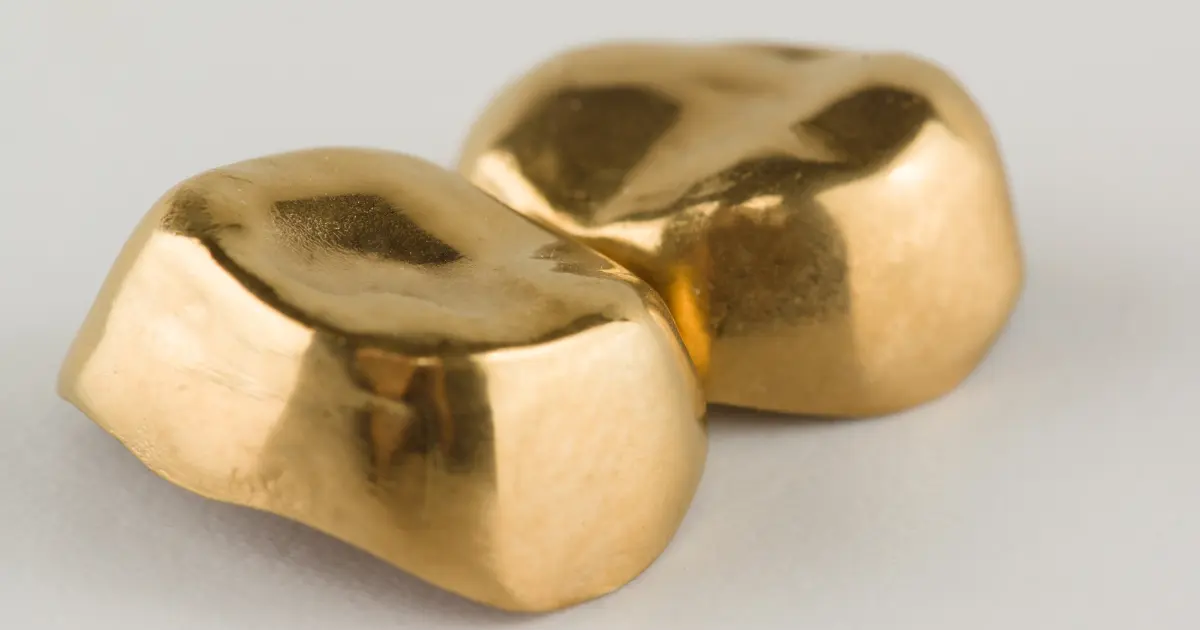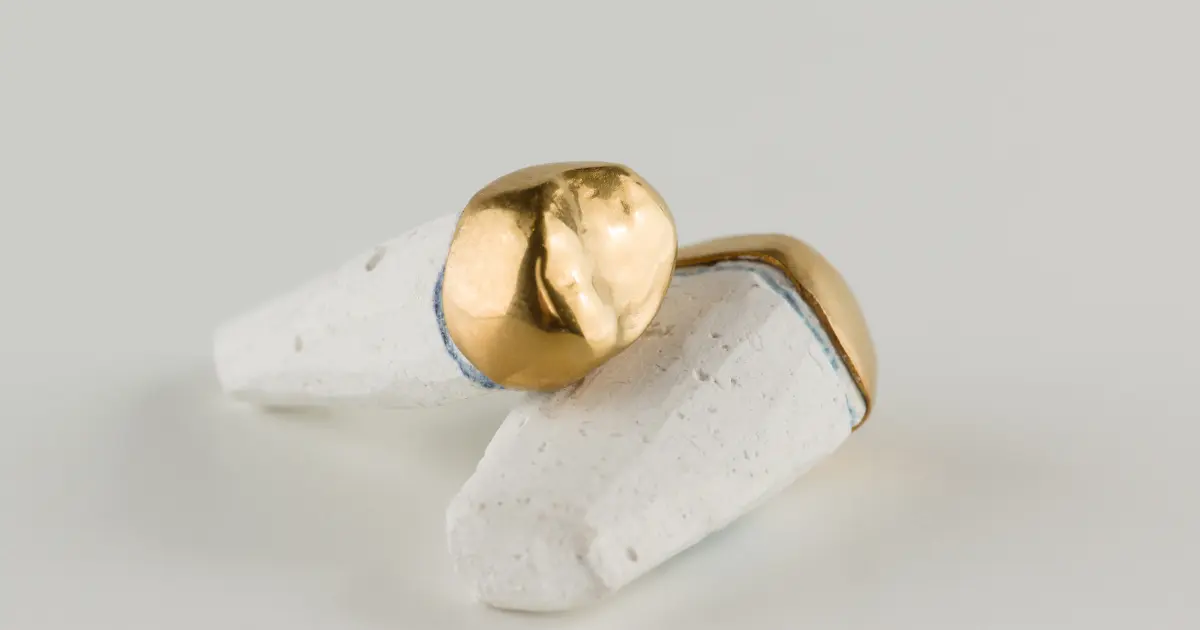Welcome to Zenit Dent, where we prioritize your dental health and provide you with the best solutions for your dental needs. In this article, we will delve into the world of stainless steel crowns, shedding light on their benefits, types, placement process, and longevity. So, let’s explore the fascinating aspects of stainless steel crowns.
The Benefits of Stainless Steel Crown
Stainless steel crowns offer a myriad of advantages, making them a popular choice in dentistry. Here are some notable benefits:
- Durability: Stainless steel crowns are exceptionally durable and can withstand the daily wear and tear of chewing and biting forces. They are ideal for restoring teeth in the back of the mouth that require robust restoration.
- Cost-effective: Compared to other dental crown materials, stainless steel crowns are more affordable. This makes them an excellent option for individuals seeking an effective yet budget-friendly dental solution.
- Protection: These crowns provide a protective barrier, preventing further damage or decay to the underlying tooth structure. They effectively shield the weakened tooth and maintain its integrity.
- Temporary solution: Stainless steel crowns are commonly used as a temporary measure, especially in pediatric dentistry. They can act as placeholders until a permanent crown or restoration can be placed.
Types of Stainless Steel Crown

Stainless steel crowns come in various types, each designed to cater to specific dental needs. Here are some common types:
- Primary teeth crowns: These crowns are specifically designed for children and are used to restore primary teeth. They provide durability and protection, ensuring proper functionality of the teeth until they naturally exfoliate.
- Permanent teeth crowns: Stainless steel crowns can also be used on permanent teeth, particularly as a temporary solution. They are a suitable choice when there is a need for interim restoration before a more permanent option is available.
- Open-faced crowns: Open-faced stainless steel crowns are utilized when there is a requirement for esthetics, such as in anterior teeth restorations. These crowns have a facial window, allowing for the placement of tooth-colored materials for a more natural appearance.
How is Stainless Steel Crown Placed
The placement process of a stainless steel crown involves several steps, to ensure a secure and accurate fit. Here is an overview of the typical procedure:
- The tooth is prepared by removing any decayed or damaged areas. The tooth is then reshaped to create space for the crown.
- An impression of the prepared tooth is taken to create a custom-fitted stainless steel crown.
- The stainless steel crown is carefully fitted over the tooth and adjusted for optimal alignment and bite.
- Once the perfect fit is achieved, the crown is cemented onto the tooth using a dental adhesive.
- Any excess cement is removed, and the bite is checked to ensure proper functionality.
How Long Does a Stainless Steel Crown Last

The longevity of a stainless steel crown depends on various factors, including oral hygiene practices and individual habits. On average, these crowns can last for several years, providing durability and protection to the restored tooth. However, it is important to note that stainless steel crowns are often used as temporary solutions, especially in pediatric dentistry, and may eventually be replaced with a more permanent restoration.
Additionally, it is essential to avoid habits that can potentially damage the crown, such as biting on hard objects, grinding or clenching your teeth, and chewing on ice or sticky foods. By being mindful of these habits, you can help preserve the integrity of the stainless steel crown and extend its lifespan.
At Zenit Dent, we are dedicated to providing exceptional dental solutions, including stainless steel crowns, to enhance your oral health and restore your beautiful smile. Contact us today to schedule an appointment and experience our commitment to excellence in dental care.






